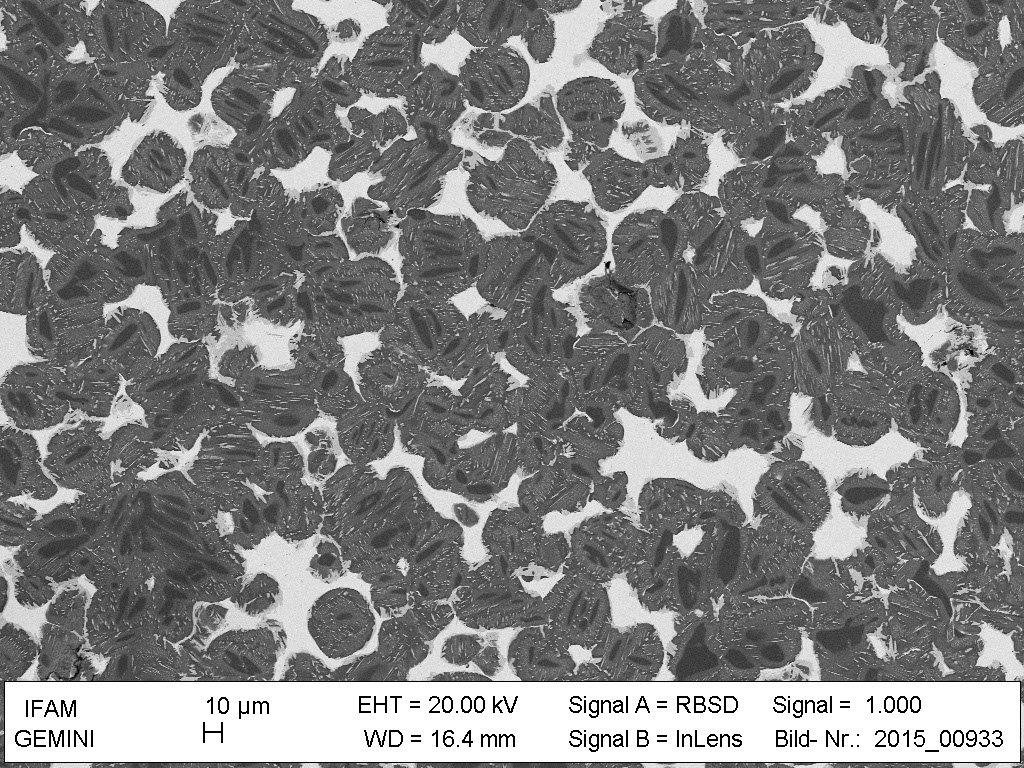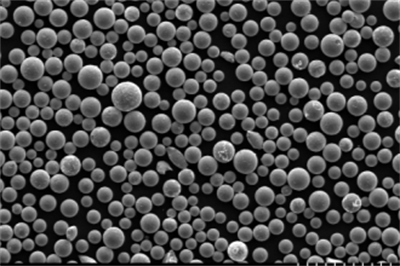3D printing manufacturing technology
3D printing, with its unique manufacturing technology, allows us to produce unprecedented types of items and reduce costs, shorten man-hours and remove complex processes for companies. The real advantage of 3D printing technology lies in its printing materials, which can well imitate the mechanical or thermal properties of plastic and metal materials, however, this is also a major technical reason that currently restricts the development of 3D printing.
Since 3D printing manufacturing technology has completely changed the traditional manufacturing industry and principles, is a subversion of the traditional manufacturing model, therefore, 3D printing materials become the main bottleneck limiting the development of 3D printing, but also the key point and difficulty of 3D printing breakthrough innovation, only to carry out more new material development to expand the application areas of 3D printing technology. At present, 3D printing materials mainly include polymer materials, metal materials, ceramic materials and composite materials, etc.
3D printing materials are mainly divided into four kinds of materials: 3D printing polymers, 3D printing metal materials, 3D printing ceramic materials, 3D printing composite materials.
3D printing materials are an important material basis for the development of 3D printing technology, and to some extent, the development of materials determines whether 3D printing can have a wider application. At present, 3D printing materials mainly include engineering plastics, photosensitive resins, rubber-like materials, metal materials and ceramic materials, etc. In addition, colored plaster materials, artificial bone powder, cellular biological materials and food materials such as granulated sugar are also used in the field of 3D printing.
Polymeric materials are mainly divided into engineering plastics, bioplastics, thermosets, photosensitive resins, polymer gels, etc.
Metal materials mainly include ferrous and non-ferrous metals.
Ceramics and composites mainly refer to ceramic materials and composites.

Although most of the materials used for 3D printing are plastics, metal materials also have their unique uses. Next we will discuss several commonly used metal materials for 3D printing.
The metal has good mechanical properties and electrical conductivity. Ferrous materials mainly include stainless steel and high-temperature alloys.
Stainless Steel
Stainless Steel is the abbreviation of stainless acid-resistant steel, resistant to air, steam, water and other weak corrosive media or stainless steel called stainless steel; and will be resistant to chemically corrosive media (acid, alkali, salt and other chemical leaching) corrosion of steel called acid-resistant steel. Due to the differences in the chemical composition of the two and their corrosion resistance is different, ordinary stainless steel is generally not resistant to chemical media corrosion, while acid-resistant steel is generally stainless.
Stainless steel is the cheapest metal printing material, and the surface of the high-strength stainless steel products produced by 3D printing is slightly rough and has pockmarks. Stainless steel comes in a variety of different glossy and frosted surfaces and is often used for 3D printing of jewelry, functional components, and small sculptures.
High-temperature alloys
High temperature alloys have excellent high temperature strength, good oxidation resistance and thermal corrosion resistance, good fatigue properties, fracture toughness and other comprehensive properties.
High-temperature alloys have become the main 3D printing material for aerospace industry applications due to their high strength, chemical stability, difficulty in molding and processing, and high cost of traditional processing. With the long-term research and further development of 3D printing technology, aircraft parts manufactured by 3D printing have been widely used due to their processing man-hours and cost advantages.
Non-ferrous metals including titanium, aluminum and magnesium alloys, gallium, rare precious metals.
Titanium
Titanium, which looks like steel and has a silver-gray light translation, is a transition metal that has been thought to be a rare metal for some time. Titanium is not a rare metal, it accounts for about 0.42% of the total weight in the earth’s crust, 16 times more than the total of copper, nickel, lead and zinc. It ranks seventh in the world of metals, and there are more than 70 minerals that contain titanium. Titanium has high strength, low density, high hardness, high melting point and high corrosion resistance; high purity titanium has good plasticity, but becomes brittle and hard when impurities are present.
Titanium parts made using 3D printing technology are very strong and precise, able to produce the smallest size up to 1mm, and the mechanical properties of their parts are better than the forging process. UK-based Metalysis has successfully printed automotive parts such as impellers and turbochargers using titanium metal powders. In addition, titanium metal powder consumables in 3D printing automotive, aerospace and defense industry will have a very broad application prospects.
Magnesium-aluminum alloy
Due to its superior performance of light weight and high strength, magnesium-aluminum alloy has been used in many applications in the lightweight needs of the manufacturing industry, and it is no exception in 3D printing technology, where it is an alternative material preferred by major manufacturers.
3D printed products are becoming more and more influential in the fashion world. Jewelry designers around the world benefit the most from 3D printing rapid prototyping technology as a powerful and convenient alternative to other manufacturing methods for the creative industry. In the field of jewelry 3D printing materials, commonly used are gold, sterling silver, brass, etc.
The above is about 3D printing materials. Shanghai Truer provides a wide range of high-quality titanium and titanium aluminum alloy powder, high-temperature alloy powder, refractory alloy powder, iron-based, and high entropy alloy powder.





